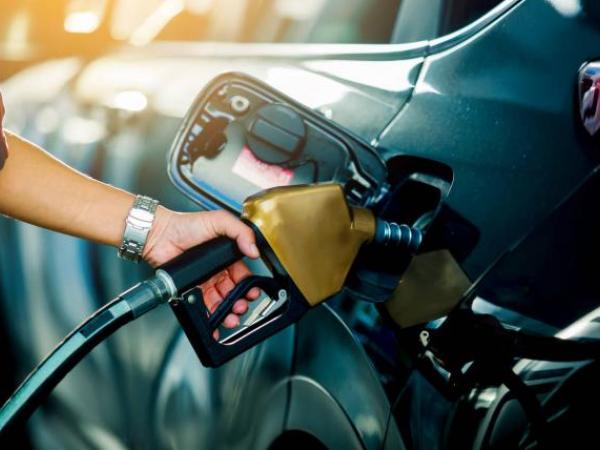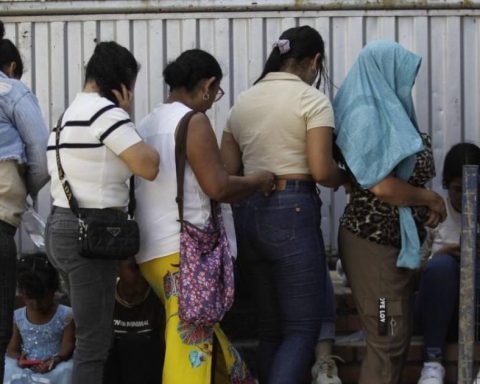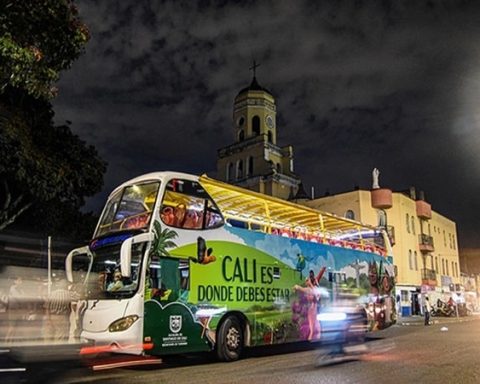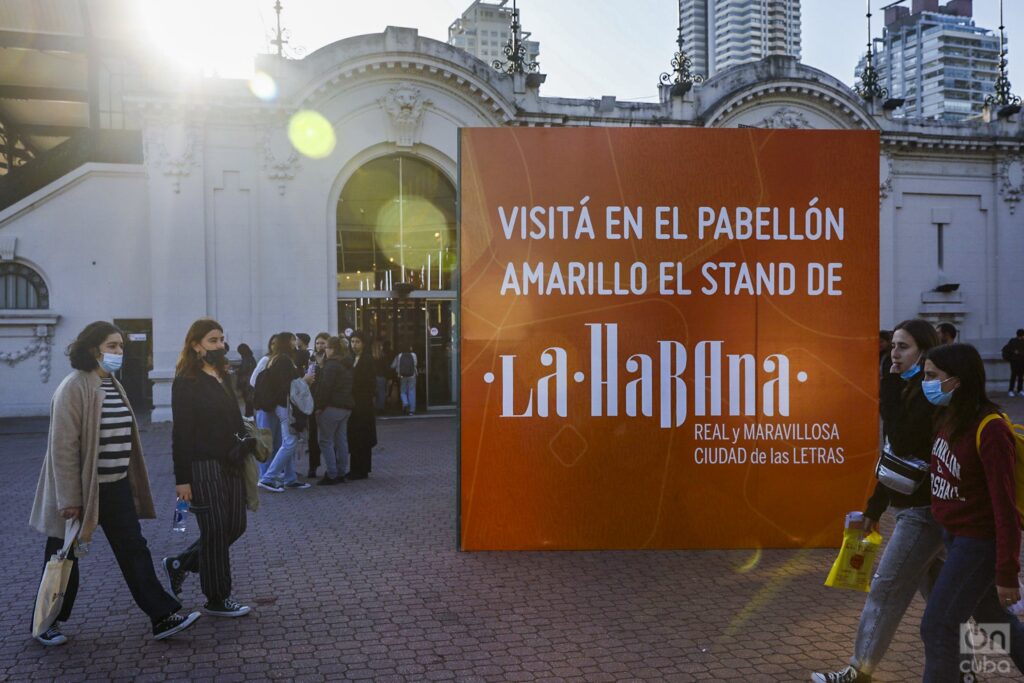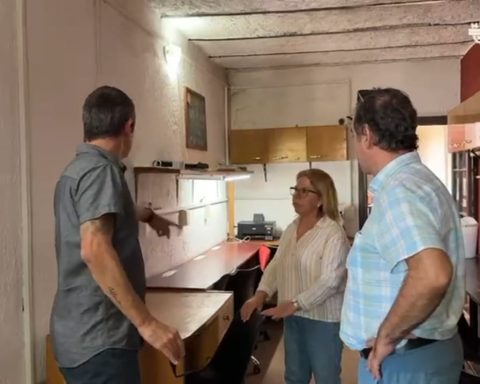if the price of a gallon of regular gasoline has been kept low thanks to the Fuel Price Stabilization Fund (FEPC), and the pocket of Colombians does not end up affected, the other side of the coin is due to the extra gasoline fee.
The reason, practically its cost per gallon is double the current one, since if an average rate between $8,700 to $9,000 is charged at service stations (EDS), the extra rate is already around $17,000 per gallon.
(See: The proposal to avoid a future deficit in the fuel fund).
The foregoing without taking into account that the price of a gallon of regular gasoline could be similar to that of extra, if it is not because the FEPC helps to mitigate and/or lower the cost per gallon. And for this purpose it was created.
“Extra gasoline, unlike regular gasoline, is not covered by the FEPC, so its domestic price is subject to the ups and downs of the international price of oil and fuel, which is today above US$100 per barrel, and It also depends on changes in the exchange rate.”, explained Julio César Vera, president of the Xua Energy Foundation.
(See: Fuel and food, the ‘kings’ of imports).
The analyst also explained that, with “so” high fuel prices in the international market and an exchange rate close to $4,000 per dollar, which added to the international price of a barrel of crude oil, the opportunity cost of the product, makes that today an extra gasoline is registered close to $17,000 per gallon.
“On the contrary, what happens with regular gasoline is that thanks to the FEPC, we Colombians pay almost $8,000 below the international price for a gallon of gasoline, which does have a very important effect in terms of subsidies for the National Government, which added Diesel subsidies mean more than $2.2 billion per month for the country at current prices”, said Julio Cesar Vera.
Regarding the demand for extra gasoline, has stabilized in the country, at about 300,000 gallons per day.
“It is a product that mainly reaches a niche market of high-end cars, where price is not the factor that governs consumption decisions in this niche, that is, due to its demand and its market, it is considered an inelastic product. the demandVera said.
(See: Shell returns to Colombia with three service stations).
And he added that it would not be the same in the case of regular gasoline, where a greater effect on demand would be seen if the price were at today’s international price levels.
It should be remembered that the extra gasoline, also it brings the washer of the levies like the surcharge and the national tax. In addition, that the Nation does not regulate its price, as it happens with the current.
“Taxes on fuels compensate for the environmental effects (pollutant degree) and the degree of deterioration of the country’s infrastructure caused by their use. In the case of extra gasoline, since it is considered a premium product and reaches a specific niche, which is Colombians with high incomes or better economic possibilities, then since the 1990s, who will pay higher taxes on fuels, those who use said productVera emphasized.
(See: Projects that seek to improve the supply of fuels).
GASOLINE AND DIESEL PRICES REMAINED
In the month of April, the Ministry of Mines and Energy has not announced a rise in the price of fuels, so regular gasoline and diesel maintain current values. However, the extra gasoline increased.
The average selling price of regular gasoline in the 13 main cities of the country it is located at $9,000. For its part, the average sale price of diesel in the 13 main cities of Colombia is $8,868.
Villavicencio, with $9,472, is the city that registers the highest cost of regular gasoline, unlike Cúcuta, which is at $7,426. Meanwhile, in the price of diesel in Manizales has the highest value with a cost of $9,205.
ALFONSO LOPEZ SUAREZ
Journalist Portfolio
